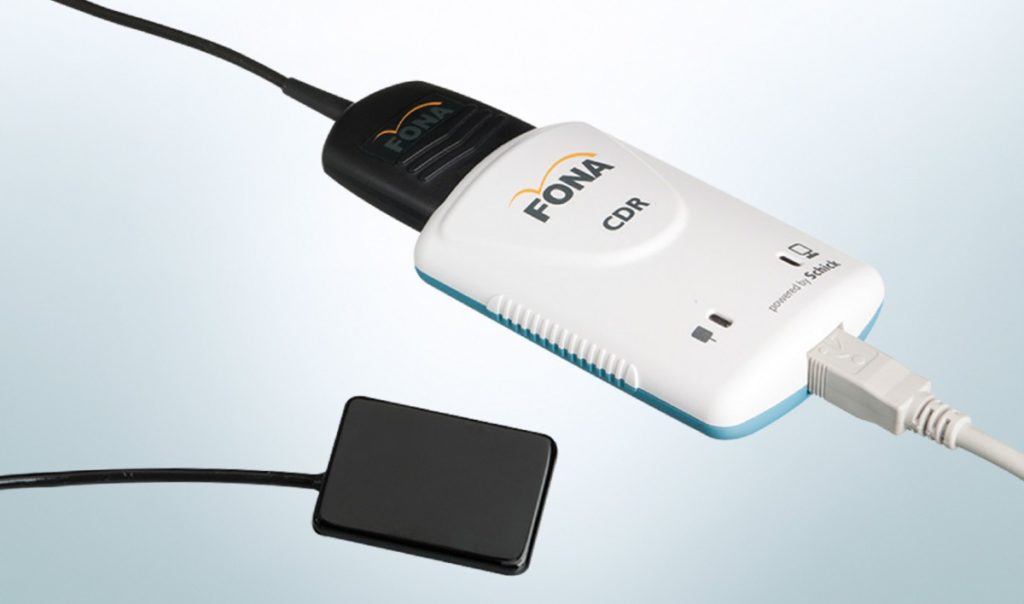Extraoral sensor technology is one of the three groundbreaking digital imaging technologies. The other two are direct sensor technology and phosphor plate systems technology. The differences among the three technologies are primarily due to the protocol of image acquisition. Direct sensors use charge-coupled devices, CCD or Complementary Metal Oxide semiconductors, CMOS technologies. Photostimulable Phosphor, PSPs, is used in the Phosphor plate systems.
High-quality extraoral sensor technology uses CCDs on panoramic cephalometric X-ray units. The operation of these units is similar to the traditional ones. The critical difference is that extraoral sensors do not require film, phosphor films or processors. They store captured images directly in the databases. The consequent savings on chemicals, film, and processor makes this machine a worthwhile investment in spite of the high initial cost.
Advantages of Extraoral Sensor Technology Over Film
In addition to low running cost, this technology offers the following benefits.
- It improves workflow by allowing instant viewing of images.
- The ability to concentrate the beam on the specific area of concern significantly reduces the possible radiation dosage.
- The use of software tools for image processing results into better diagnostics.
- The images can be sent electronically.
- Extraoral sensor machines can be set to offer better visualization of the alveolar bone or to open interproximal contacts.
- The machine comes with a large screen monitor. This makes patient education easier than the view box used in film radiography.
- It does not suffer from darkroom errors.
- Electronic patient records can be integrated easily with the system.
Limitations of Extraoral Sensor Technology
The primary limitation of these machines is its initial cost. The price of CCD panoramic units ranges between $32,900 and $87,000 depending on the machine specifications. Besides the cost factor, dentists are reluctant to invest in this new technology while the old panoramic units are operating just fine.
Shopping for an Extraoral X-ray Unit
When shopping for a new panoramic or cephalometric x-ray unit, a CCD-based machine is the best choice. Apart from being the latest technology, the equipment comes with extra peripherals. Applications such as mandibular cross sections or TMJ slicing make implant placement easier. It also supports software enhancements and upgrades which is the key to future applications.
Looking Beyond Technology
The challenges to investment in digital imaging technologies are the uncertainty on their reliability and lack of knowledge of operational costs such as maintenance, training, and support. Dentists can solve this problem by looking beyond the technology to the associated company. Some of the factors to consider are the firm’s investment in research, training and other support services. Extraoral sensor technology ceases to be a risky investment when the commitment of the company behind it goes beyond sales to quality.




